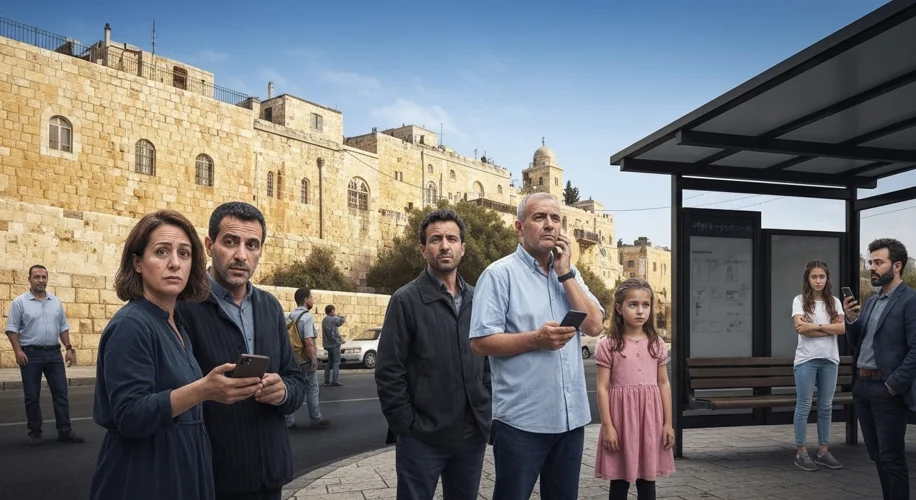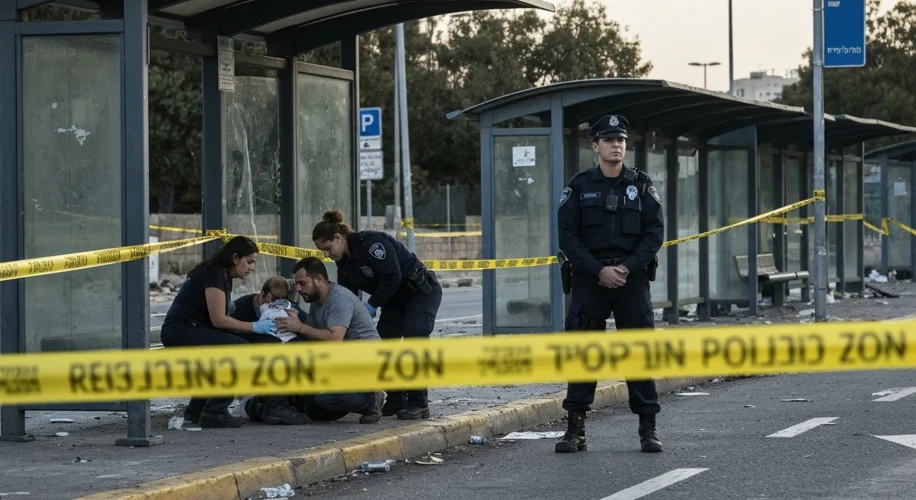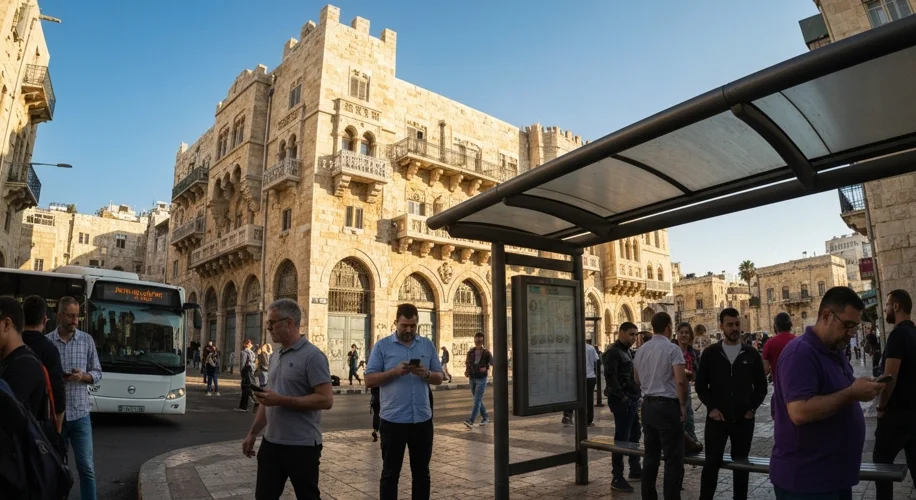The morning of November 30th, 2023, dawned with an ordinary chill over Jerusalem, the kind that hints at winter’s approach but still allows for a sliver of crisp sunlight. For many, it began like any other day – a hurried breakfast, a glance at the news, and a walk to a bus stop. But for others, this ordinary morning would become a horrifying testament to the enduring conflict that grips the region.
At a busy bus stop near the entrance to Jerusalem, a scene of everyday life was shattered by a brutal, coordinated attack. Two assailants, armed with an assault rifle and a handgun, opened fire on the waiting commuters. The midday sun, which had promised a gentle warmth, was soon obscured by the chaos and terror that erupted. Screams replaced the usual morning chatter, and the air, once filled with the scent of exhaust fumes and distant bakeries, turned acrid with the smell of gunpowder.

The attackers, identified as residents of East Jerusalem, continued their rampage until they were neutralized by security forces. However, the damage was already done. The attack left several dead and many more wounded, their lives irrevocably altered in a matter of minutes. The immediate aftermath was a scene of desperate urgency: the wail of sirens grew louder, converging on the site as paramedics and police worked to tend to the injured and secure the area.
Hamas, the Palestinian Islamist militant group, quickly claimed responsibility for the attack, framing it as a direct response to Israel’s ongoing military operations in Gaza and the broader context of the Israeli-Palestinian conflict. In their pronouncements, they cast the assailants as martyrs and the attack as a legitimate act of resistance against what they described as Israeli aggression and occupation. This narrative, however, was met with stark condemnation from Israeli officials and many international bodies, who decried the targeting of civilians as terrorism.

The attacks sent ripples of fear and grief throughout Jerusalem and beyond. Bus stops, once mundane symbols of urban transit, became focal points of anxiety. Security measures were heightened, and a palpable tension settled over the city. For the families of the victims, the grief was profound and raw, a stark reminder of the human cost of a conflict that has spanned generations. The injured faced long recoveries, both physical and psychological, grappling with the trauma of that fateful morning.
In the days and weeks that followed, the political fallout was significant. Israeli security forces conducted raids in East Jerusalem, seeking to apprehend any accomplices and dismantle potential future threats. The incident reignited debates about security measures, the effectiveness of intelligence gathering, and the underlying political grievances that fuel such violence. The cycle of attack and retaliation, a tragically familiar pattern, once again threatened to engulf the region in further bloodshed. The Jerusalem bus stop shootings were not an isolated incident, but a grim punctuation mark in a long and complex history, a stark reminder that the quest for peace remains a perilous and often violently contested path.

